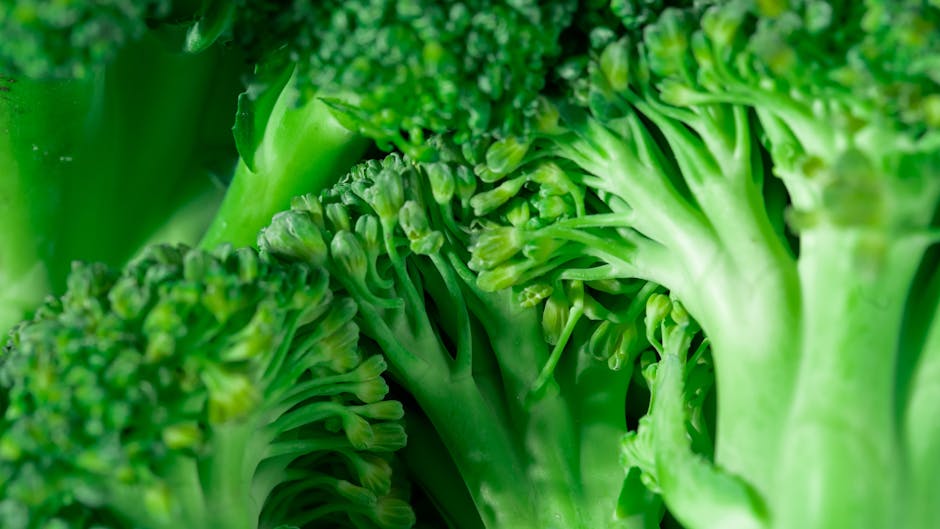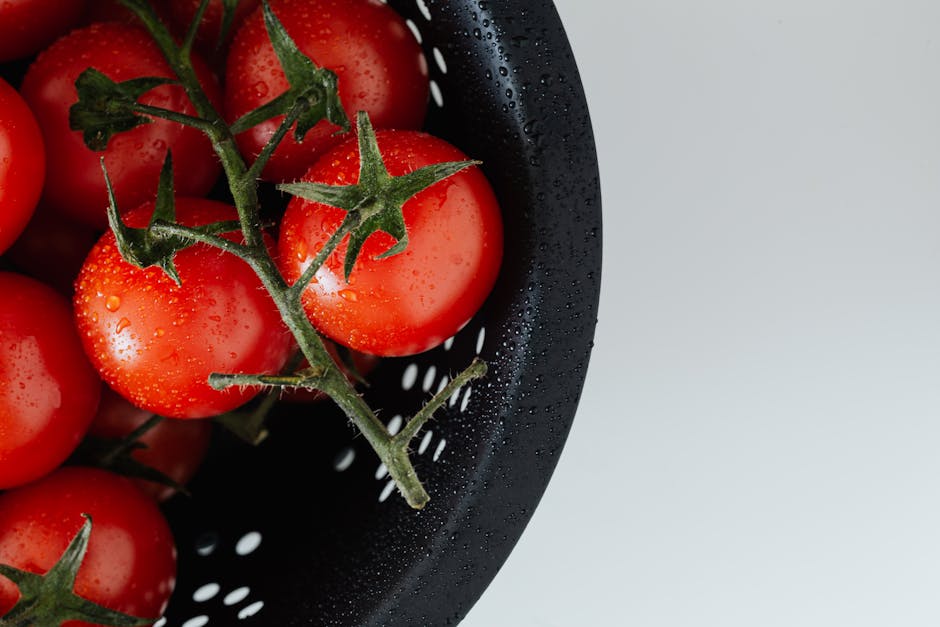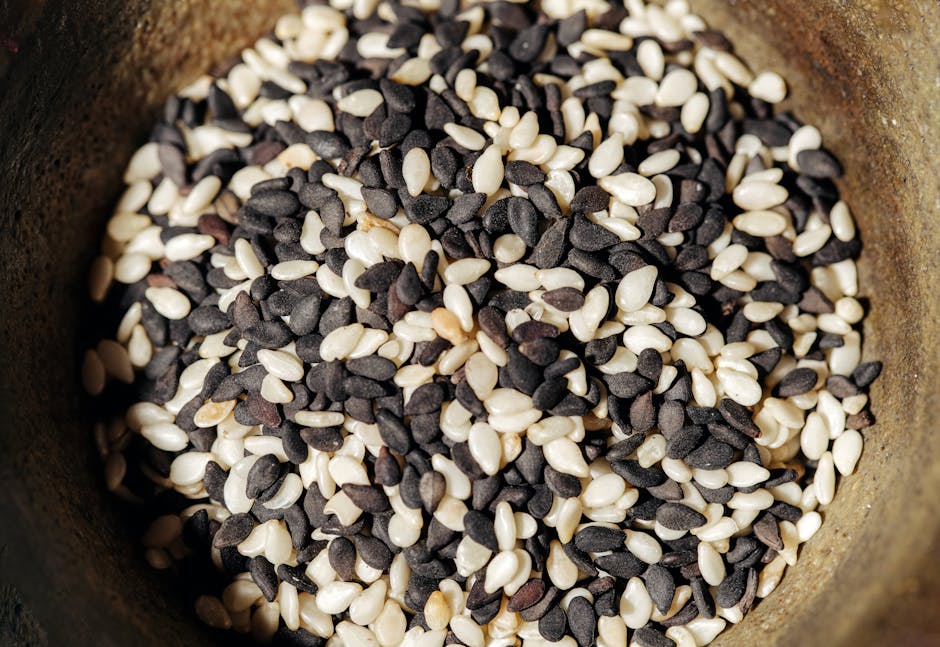Best Grocery Discounts for Healthy Eating
Did you know that eating healthy doesn’t have to break the bank? In fact, there are many ways to save money while filling your cart with nutritious foods. Lets dive into how you can take advantage of grocery discounts and keep your diet healthy.
Why Are Grocery Discounts Important?

Grocery discounts can make healthy eating affordable for everyone. Many people think that nutritious food is more expensive, but with the right strategies, you can save money and eat well.
Research shows that many households struggle to maintain a healthy diet due to cost. In fact, a report by the USDA found that nearly 40% of American families say high food prices impact their food choices.
Where to Find Grocery Discounts

So, where can you find these great deals? Here are some places to start:
- Local Grocery Stores: Many stores offer weekly sales on fresh produce, meats, and pantry staples.
- Online Grocery Apps: Apps like Ibotta or Fetch Rewards provide cash back on healthy items.
- Farmers’ Markets: Buying directly from farmers can often save you money on fresh, organic produce.
- Warehouse Clubs: Stores like Costco or Sam’s Club sell bulk items at reduced prices.
How to Use Coupons Effectively?

Coupons are a classic way to save on groceries. But how can you use them wisely?
First, make a list of what you need. Then, search for relevant coupons before heading out. Here are some tips:
- Combine Coupons: Use store coupons together with manufacturer coupons for extra savings.
- Digital Coupons: Many stores have apps that let you load coupons directly onto your loyalty card.
- Stack Discounts: Look for sales on items you have coupons for to maximize your savings.
Using coupons can lead to significant savings. In fact, a study found that average coupon use can save shoppers around $200 a year!
When is the Best Time to Shop for Discounts?

Timing plays a key role in saving money. But when is the best time to shop?
- End of the Week: Many stores mark down items before the weekend rush. Thursdays and Fridays can offer great deals.
- Seasonal Sales: Stock up on produce that’s in season. It’s often cheaper and fresher!
- Holiday Sales: Many stores have special discounts just before holidays. Use these to stock up on healthy snacks.
Are Store Brands a Good Option?
Absolutely! Store brands often provide the same quality as national brands but at a lower price. You can find everything from canned goods to snacks under these labels.
In many cases, store brand products contain similar ingredients. Always compare labels to check for nutritional value. You might be surprised at how much you can save!
What About Buying in Bulk?
Buying in bulk can be a smart way to save money, especially for non-perishable items. Here are some things to consider:
- Dry Goods: Items like rice, beans, and oats are often cheaper in bulk.
- Frozen Fruits and Veggies: These can be a cost-effective way to have healthy options year-round.
- Meats: Purchasing larger quantities of meat can save you money. Just remember to freeze what you won’t use right away.
Bulk buying works best if you have the storage space. It can also help cut down on trips to the store.
How Can Meal Planning Help Save Money?
Meal planning is a game-changer for grocery savings. When you plan your meals, you buy only what you need. This reduces waste and cuts costs.
Here’s how you can start meal planning:
- Choose Simple Recipes: Look for recipes that use similar ingredients. This way, you can buy in bulk.
- Use Leftovers: Plan meals that can use the same ingredients in different ways.
- Make a Shopping List: Stick to your list to avoid impulse buys.
Meal planning can save an average of $50 a month on groceries. that’s money you can use for other things!
What Are the Best Options for Healthy Eating on a Budget?
Eating healthy doesnt mean you can’t enjoy variety. Here are some affordable healthy options:
- Whole Grains: Brown rice, quinoa, and whole-grain bread are filling and budget-friendly.
- Fresh Produce: Buy what’s in season for the best prices. Frozen options are also great!
- Legumes: Beans, lentils, and chickpeas are inexpensive sources of protein.
- Healthy Fats: Look for sales on olive oil and avocados.
By focusing on these items, you can create delicious meals without overspending.
Conclusion: How to Start Saving Today!
Healthy eating on a budget is possible with the right strategies. Start by checking your local grocery store for discounts. Use coupons, plan your meals, and consider store brands.
Remember, small changes can lead to big savings. So why not start today? Take a look at your grocery list and see where you can cut costs.
For more tips on meal planning and healthy eating, check out our post on Meal Planning Tips for Healthy Eating.
Eating healthy doesnt have to be expensive. With these discounts and strategies, you can enjoy nutritious meals and save money at the same time!



